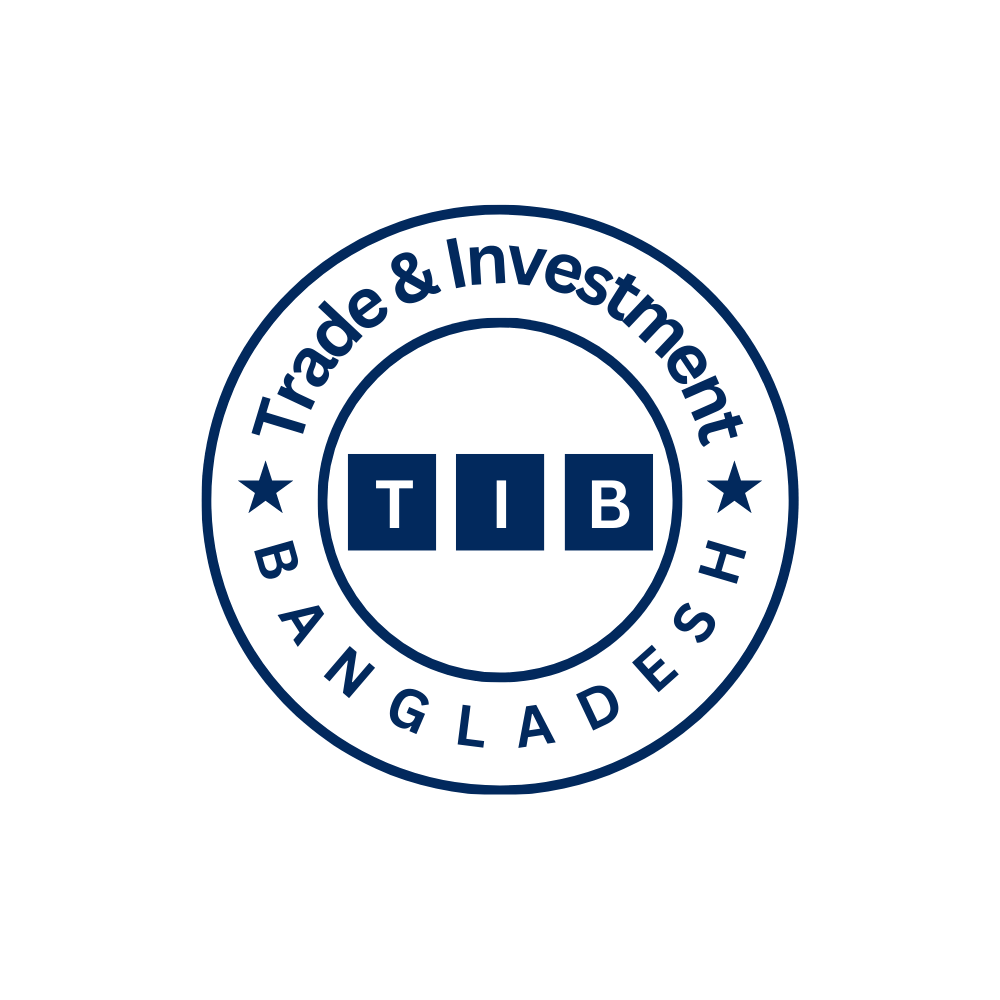The Power of Product Positioning and Buyer-Seller Matchmaking [P-2]
The Power of Product Positioning and Buyer-Seller Matchmaking [P-2] Md. Joynal Abdin* Business Consultant & Digital Marketer Founder & CEO of Trade & Investment Bangladesh Key Considerations for Adapting Product Positioning and Matchmaking Strategies to the Bangladeshi Market: Understanding Cultural…
Read More




 by
by